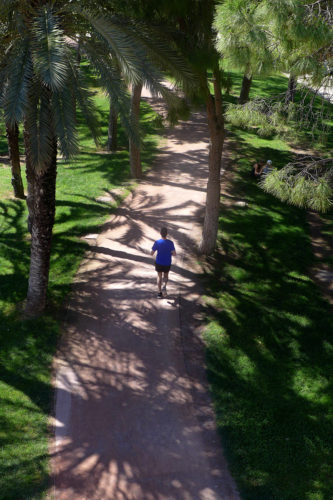If you think about it, the old adage, “It’s all in the details” would fit almost any occupation one can possibly think of: An attorney has to consider every detai in his deliberation, or in just seeking out the facts and truth…as in no stone left unturned. A stock broker has to pay attention to every aspect of the market, the companies profit and loss statements, and it’s constantly changing daily prices. A baker has to follow his recipe’s to the letter for any kind of continuity. A pro golfer, just to hit the ball straight, has to think about his swing, grip, stance, follow through, wind direction, and so on.
Well, I’m here to tell you that in photography the details will make the difference between going home with a ‘wall hanger’ or a photo that will eventually fall on the proverbial ‘cutting room floor’..as in hitting the delete tab…with extreme prejudice!!!
A good composition will put forth visual information that should and will support what the photographer is trying to say to the viewer as far as the overall impression.
In my online classes with the BPSOP, and in my “Stretching Your Frame of Mind” workshops I conduct all over the place, I’m constantly directing my fellow photographers to pay attention to the details.
I have three ways to to do this: My fifteen Point Protection Plan, my Border Patrol, and the Four Corner Checkoff.
Yes, I know, you can always fix it in Photoshop!! There’s one inherent problem with that and it is in the fact that it won’t make you a stronger photographer; however, it will keep your post-processing skills well honed…if that’s your cup of tea.
When I’m with my fellow photographers in one of my workshops, I notice that the camera comes up to the eye before knowing where the source of the light is coming from; it should be the other way around.
That small detail (not so small) will make a huge difference in whatever subject matter you’re shooting…why? Because when you’re in a position to sidelight your subject, you’ll be provided all three dimensions to the viewer: height, width, and depth. If you front light your subject, you can only achieve two of the three dimensions: height and width.
I was recently working with a student in Spain that had no idea what was going to be in focus besides his main subject. He never paid any attention to what F/stop he was shooting at. He, like so many others, have begun their love for photogrphy in the digital era, and thinks that the camera should be making all the decisions for him; not in his best interest.
Just another small detail???
Visit my new and improved website at: www.joebaraban.com, and checkout my workshop schedule at the top of this blog. Come shoot with me sometime.
JoeB






